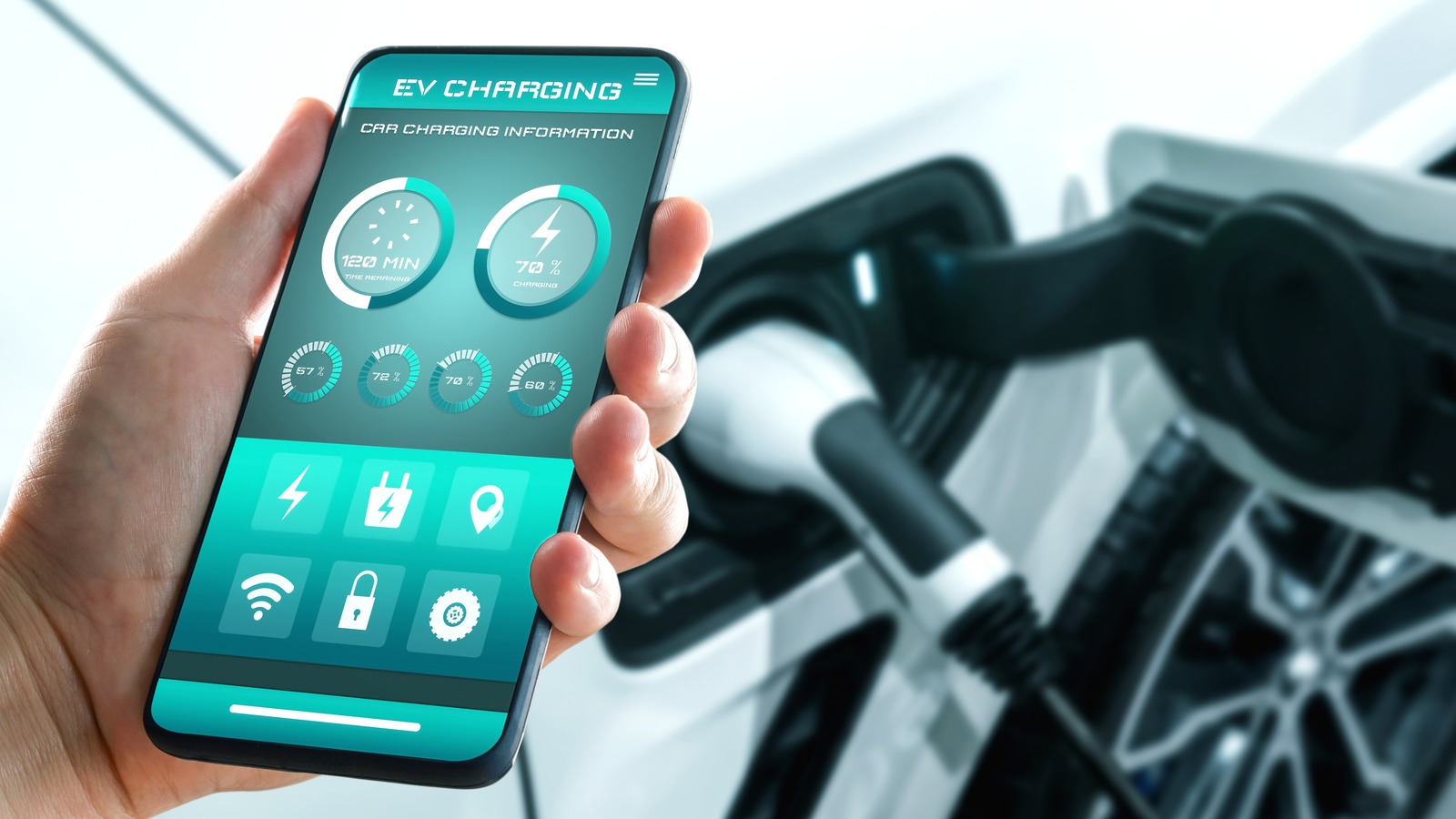
In June 2021, Engineering Explained published a video revealing that despite the 173 trillion kilowatts of power that hit the Earth every hour, solar-powered cars are still far from being a reality. Engineering Explained used the Tesla Model 3 for its example, showing that if the vehicle’s roof was equipped with solar cells, it would only realistically produce around 1.5 kilowatts of power. This would enable the vehicle to drive endlessly at a maximum speed of just 12 miles per hour. At that rate, the battery would take 8.3 days (200 hours) to fully charge if parked in perfect sun conditions.
The problem with solar energy is that much of it is lost along the way. For example, only 55% of the energy from the sun makes it to the Earth’s surface; the rest is lost, reflected, or absorbed by the atmosphere. Another major loss of energy efficiency occurs during solar cell technology operation. By 2022, solar panel efficiency ranges from 20% to 25% max. Other factors such as nighttime, cloud coverage, and equator or pole inclinations can dramatically affect power generation.
Of all these factors, only solar cell technology can be improved. The U.S. Department of Energy explains that conversion efficiency is the percentage of the solar energy that shines on a device and is converted into usable electricity. A study published in “Progress in Photovoltaics” reveals that significant improvements to the technology have been made since 1941 when solar panels only had a 1% energy efficiency. However, the science shows that until significant breakthroughs are achieved in solar energy conversion, solar-powered cars will be nothing but a dream.
For all the latest Games News Click Here
For the latest news and updates, follow us on Google News.
